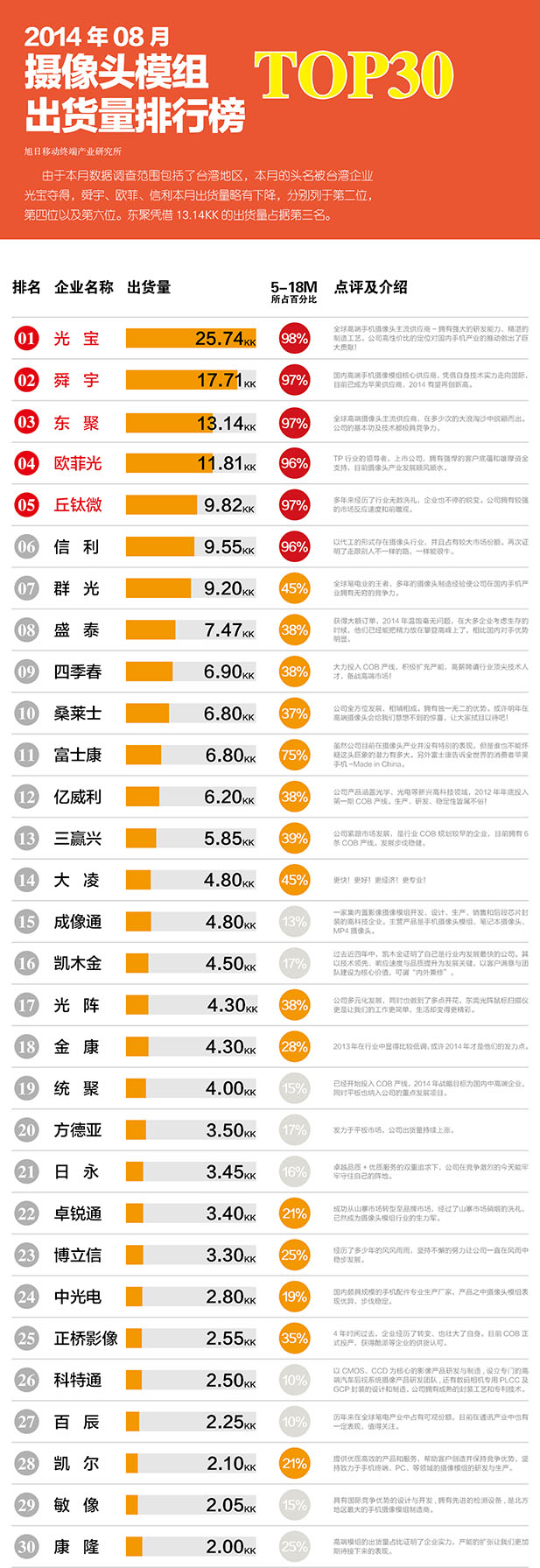What are "direct" and "indirect" cleaning? Direct cleaning usually refers to cleaning the workpiece in a cleaning tank filled with cleaning solution, and the workpiece is usually placed in a tray or fixture basket with holes. The limitation of direct cleaning is the need to choose cleaning solutions that will not damage the ultrasonic cleaning tank. Indirect cleaning refers to placing the workpiece to be cleaned in a beaker or tray without holes, which contains a solution, rather than directly placing it in a cleaning tank. When selecting indirect cleaning, confirm that the water level in the tank is maintained at the standard position.
Why do we need special cleaning solutions for cleaning? The purpose of using cleaning solution is to break the connection between dirt and workpiece, and using water alone cannot achieve the cleaning effect. The main purpose of ultrasonic cavitation is also to assist the cleaning solution in cleaning. A cleaning solution contains multiple components that achieve optimal cleaning results. For example, reducing liquid surface tension can increase cavitation intensity, and an ultrasonic cleaning solution may contain wetting agents or surfactant components.
What cleaning solution should I use? The commonly used ultrasonic cleaning solution currently contains a mixture of various cleaning ingredients, wetting agents, and other reactive components. Choosing the appropriate cleaning solution is crucial for effectively cleaning workpieces and eliminating unnecessary reactions. Binnengxin can provide you with excellent cleaning solution.
What kind of cleaning solution should I not use? Do not use flammable or low flash point solutions. The energy released by cavitation is converted into heat and kinetic energy and generates high temperatures in the solution, which is very dangerous for flammable liquids. Acidic cleaning solutions and bleaches should generally be avoided as they can damage stainless steel tanks or create hazards; But when they are used in indirect cleaning processes, such as using a large beaker as an indirect cleaning container, they can be used.
When should I change the cleaning solution? When cleaning, if there is a noticeable decrease in cleaning solution, it should be replaced; Alternatively, when the cleaning solution becomes noticeably dirty or ineffective, it should also be replaced.
Why do I have to keep the cleaning solution within the height allowed by the liquid level indicator? The ultrasonic cleaning system is a "tuning" system, and an inappropriate liquid level will change the cleaning environment, thereby affecting system frequency, reducing cleaning efficiency, and damaging equipment. Maintaining an appropriate liquid level can keep the workpiece in optimal liquid flow and protect the heater and vibration box from damage due to overheating.
What is the length of cleaning time? The change in cleaning time depends on factors such as dirt, cleaning solution, temperature, and cleanliness requirements. After starting ultrasonic cleaning, almost simultaneously, obvious dirt can be seen being removed. Adjusting the cleaning time is a simple (and often misused) method to compensate for changes that occur during the process. Although experienced operators can try to ensure the time required for a new cleaning process, it is usually necessary to verify in practical applications by selecting cleaning solutions and contaminating workpieces. What is "cavitation effect"? Cavitation is the phenomenon in which millions of tiny bubbles (or holes) rapidly form and burst in a liquid. The generation of cavitation is the result of the interaction between high and low pressure waves formed by high-frequency sound waves (ultrasound). In the low-pressure stage, bubbles gradually grow larger, while in the high-pressure stage, they are compressed and implode.
How can I achieve a good ultrasonic cleaning effect? There are many conditions that can determine the final cleaning effect, among which the important ones are selecting the appropriate cleaning solution, cleaning at the correct temperature for the appropriate time, and selecting the appropriate size and type of ultrasonic cleaner.
Will ultrasonic cleaning damage my workpiece? Ultrasonic cleaning is safe for most workpieces. The energy generated by the implosion of thousands of bubbles per second is enormous, but due to the concentration of energy in extremely small areas, the entire cleaning process is safe. The cautious consideration for safety should be the choice of cleaning solution. The potential damage of cleaning solution to the surface of certain workpieces may increase due to the use of ultrasound. Ultrasonic cleaning is not recommended for the following gemstones: opal, pearls, jadeite, tanzanite, malachite, emerald, lapis lazuli, and coral.
What is the heating device used for? The enormous energy generated by cavitation generates heat, and the main purpose of the heating device is to maintain the temperature inside the cleaning solution during the cleaning process.
What is the optimal cleaning temperature? Heating can usually provide a faster cleaning speed, and most cleaning solutions have chemical components that achieve optimal cleaning results at a certain temperature. A good way to find the optimal temperature is through experimentation. Usually, the optimal cleaning temperature is between 50 ℃ and 65 ℃.
Disclaimer:The authenticity of this information has not been verified by our website and is for your reference only. The purpose is to convey more information; If there is any error, error, or infringement, please contact us via email( chinavta@szxwds.com )We would greatly appreciate it if you could promptly notify us of the error, error, or infringement, and we will promptly make corrections or deletions.



